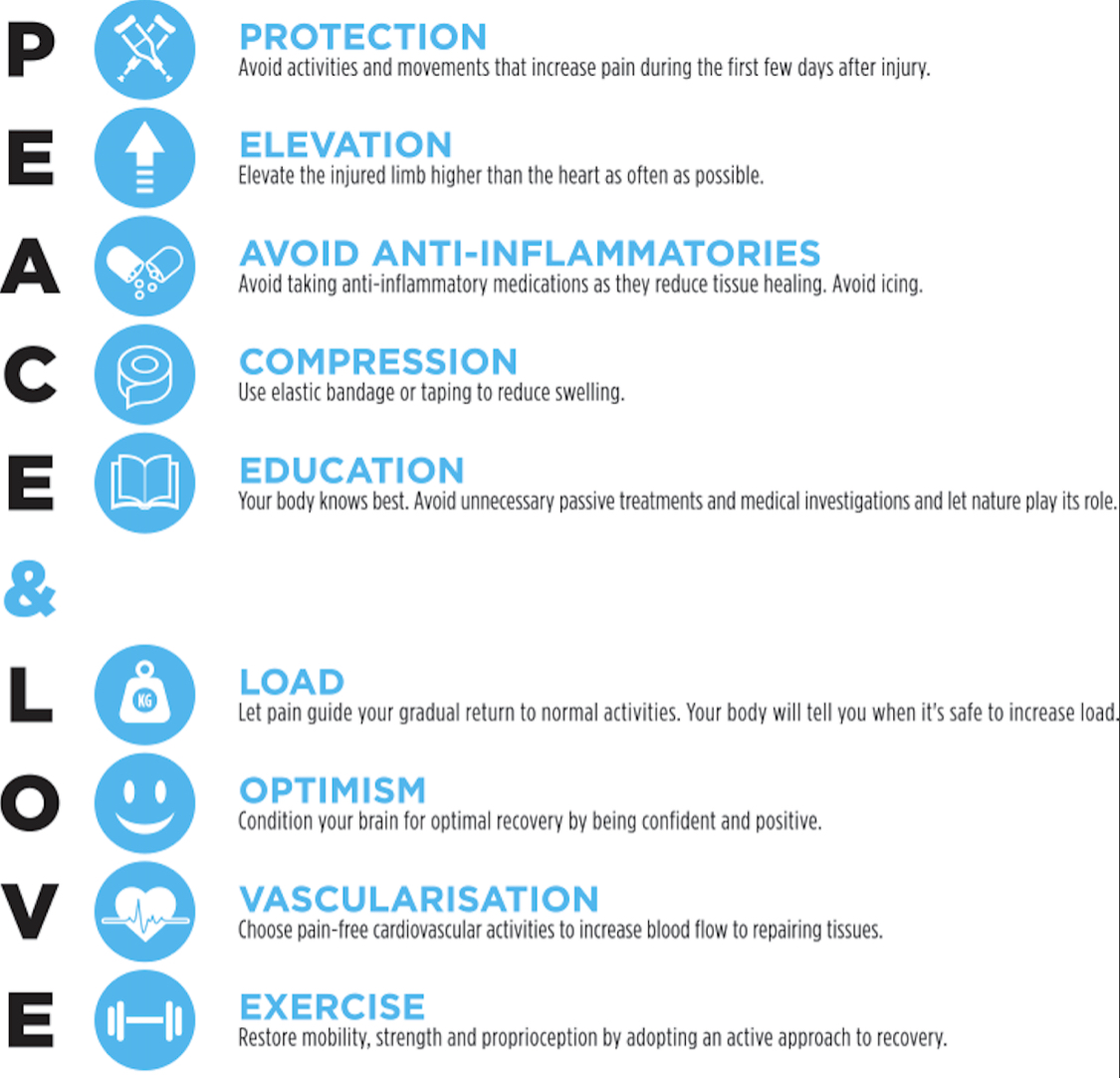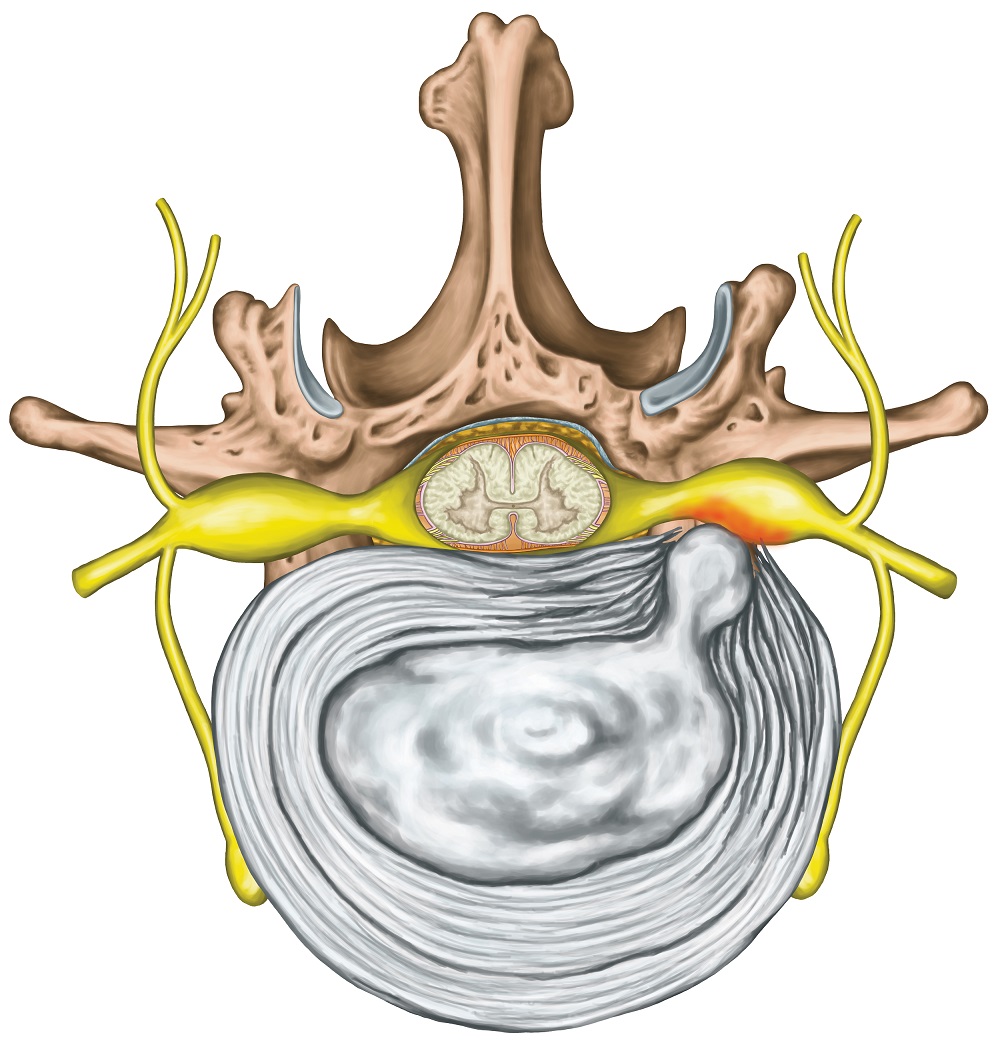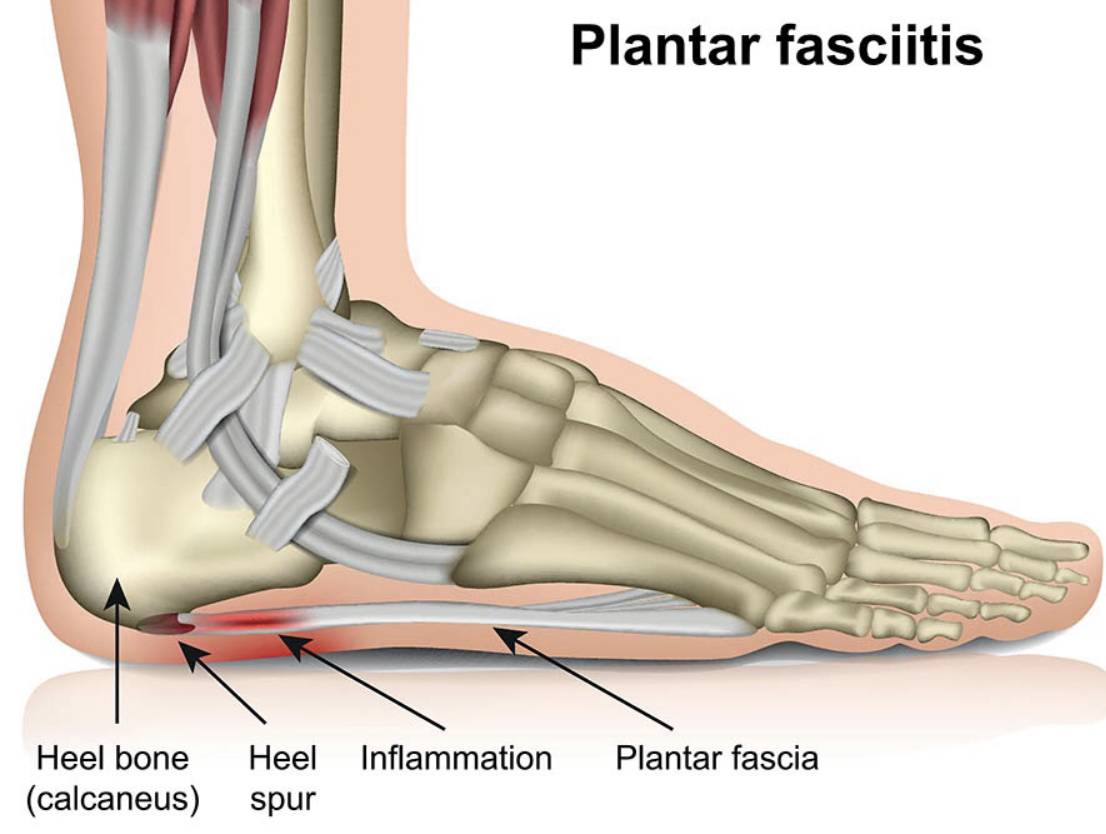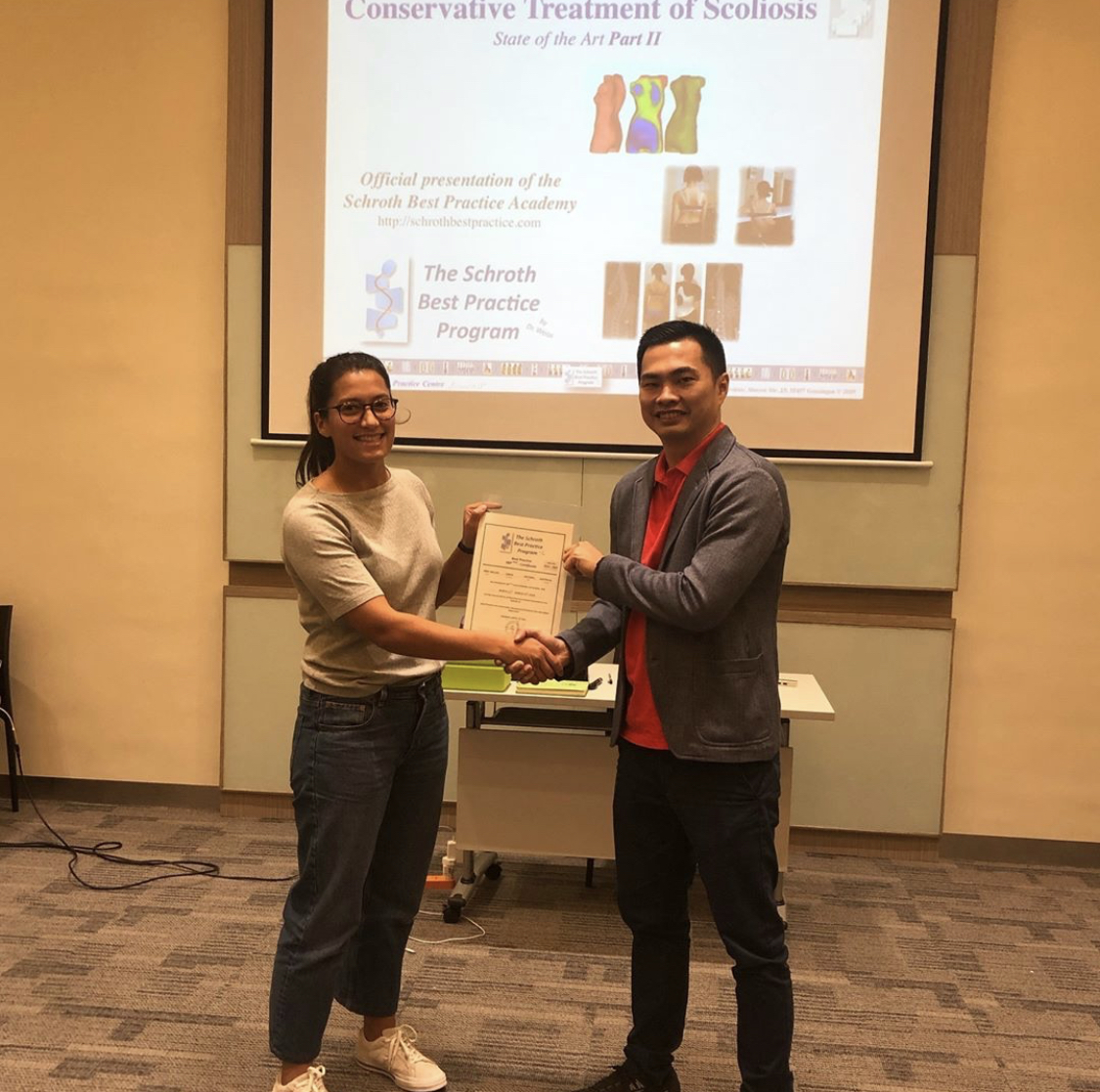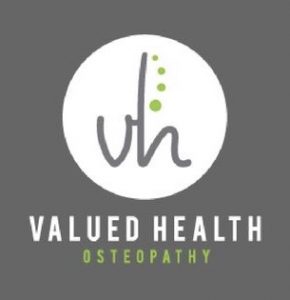Headaches & what you need to know!
Headaches & Osteopathy | Find out how we can help!
Make an appointment today – Book online!
Do you suffer from headaches? If you answered YES, you need to read this!
‘The use of manual therapy appears to be the most common non-medical treatment utilised for the management of common recurrent headaches’ (1).
Headaches can be caused by a number of reasons, for example:
Tension/stress
Poor posture
Eye strain
Medications
Hormones
Sinus infections
Certain foods/alcohol
Headaches can also originate from you neck, and that’s where your Osteopath may be able to help!
When you see your Osteopath, they will first take a thorough history and ask you some questions about your headaches to better understand what is causing them. The reason behind this is to help rule out any other causes of headaches that might mean that manual therapy is not indicated, and that you need a referral to a doctor or another healthcare practitioner.
Possible questions that your Osteopath may ask:
When did your headaches start?
How often do you experience them?
Do you know what makes them better or worse?
Do you experience any other associated signs or symptoms with the headaches, such as nausea, dizziness, visual changes, numbness or tingling?
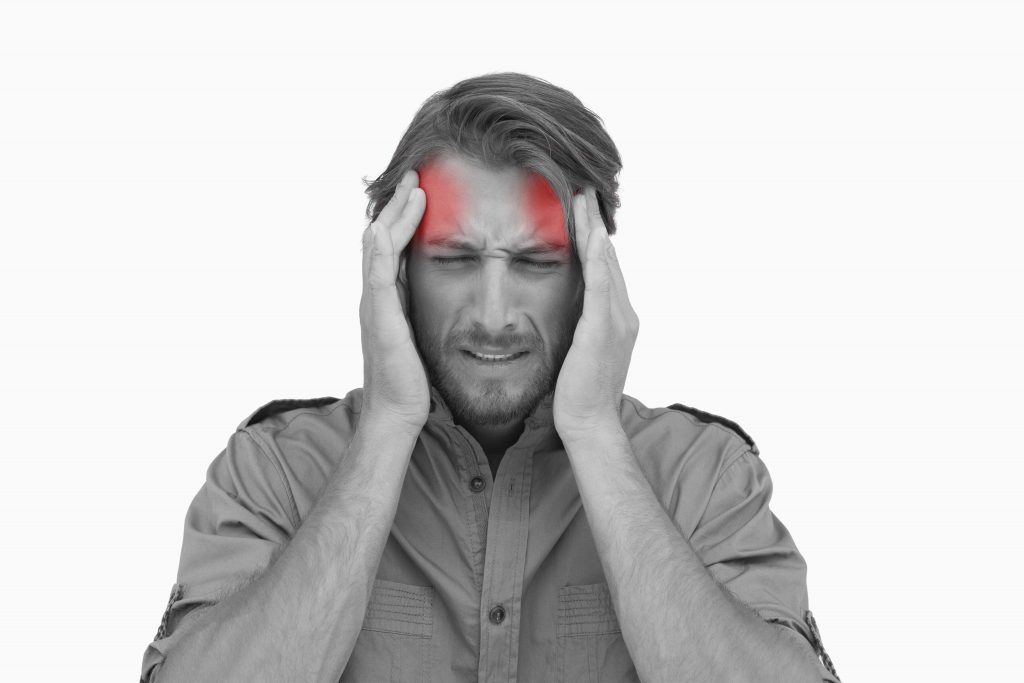
If clinically indicated, your Osteopath may then do an assessment of your posture, your active and passive range of motion, the hypertonicity (tightness) of the musculature of your head, neck and upper back and they might perform several special tests (such as orthopeadic/neurological tests) to determine what structures might be contributing to your headache.
Once your Osteopath has diagnosed the cause of your headaches and ensured it’s safe to do so, they may provide a treatment aimed at reducing your symptoms by treating the structures responsible for the headaches, improving your range of motion and reducing the tension in the surrounding musculature.
If needed, your Osteopath may also provide you with a self managed rehabilitation program (such as stretches, self mobilisation techniques and mobility & strengthening exercises) to further help improve your range of motion and strengthen the upper limb and head/neck to help address the root cause of your headaches. Your Osteopath may also provide you with some advice on your lifestyle and workplace ergonomics if they believe this to be a contributing factor to your headaches.
If you are experiencing headaches we may be able to help. Speak to one of our Osteopaths at Valued Health Osteopathy in Bentleigh East about your treatment and rehabilitation options.
Call or book online today.
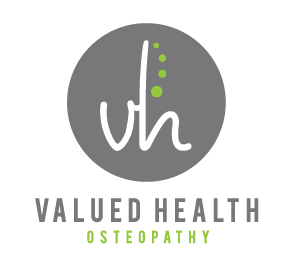
You do not need a referral to see one of our friendly Osteopaths at Valued Health Osteopathy. We have a very good relationship with many surrounding doctors, other health practitioners and personal trainers in the local community of Bentleigh East , Bentleigh, Ormond, McKinnon, Oakleigh, Carnegie, Caulfield, Moorabbin, Murrumbeena, Brighton, Clayton and Clarinda.
Valued Health Osteopathy offers Osteopathy, Clinical Pilates, Exercise Rehabilitation and Strength & Conditioning. Valued Health Osteopathy is open 6 days a week with early morning and evening appointments. Move better with Osteopathy!
Valued Health Osteopathy | Osteopathy Australia
Osteopath Bentleigh East, Osteopath Bentleigh, Osteopath Ormond, Osteopath McKinnon, Osteopath Moorabbin, Osteopath Murrumbeena, Osteopath Oakleigh, Osteopath Carnegie, Osteopath Caulfield, Osteopath Clayton, Osteopath Brighton and Osteopath Cheltenham, Osteopath Dingley, Osteopath Beaumaris, Osteopath Melbourne
Reference:
- Magee, David J. (2002). ‘Chapter 3, Cervical spine’ in Orthopaedic physical Assessment. Philadelphia; Saunders, pp 148-223.
- Beithon J, Gallenberg M, Johnson K, Kildahl P, Krenik J, Liebow M, Linbo L, Myers C, Peterson S, Schmidt J, Swanson J. Institute for Clinical Systems Improvement. Diagnosis and Treatment of Headache. Updated January 2013.
- Moore, C. S., Sibbritt, D. W., & Adams, J. (2017). A critical review of manual therapy use for headache disorders: prevalence, profiles, motivations, communication and self-reported effectiveness. BMC neurology, 17(1), 61. doi:10.1186/s12883-017-0835-0

